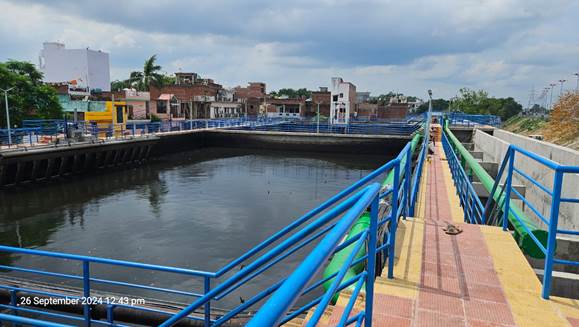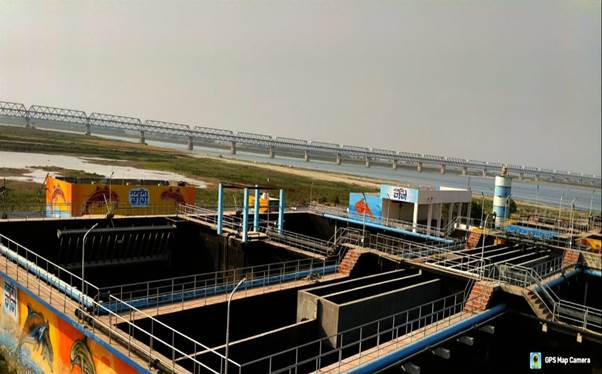Namami Gange Mission 2.0: Completion of Key Sewerage Infrastructure Projects in Uttar Pradesh and Bihar

In a significant step towards the rejuvenation of India’s rivers, the Ministry of Jal Shakti has announced the successful completion of four major sewerage infrastructure projects under the Namami Gange Mission 2.0. These projects, finalized in the second quarter of the financial year 2024-25, are located in Uttar Pradesh and Bihar and are designed to prevent sewage from contaminating the Ganga and its tributaries.
The total investment for these initiatives amounts to ₹492 crore, with a focus on enhancing wastewater treatment across various regions. In Bihar, a 25 MLD Sewage Treatment Plant (STP) has been established in Patna-Danapur, accompanied by an Interception and Diversion (I&D) network, at a cost of ₹103 crore. Additionally, another STP with a capacity of 6.5 MLD has been completed in Patna-Maner, along with its own I&D network, for ₹70 crore.

In Uttar Pradesh, a 15 MLD STP has been successfully constructed in Kairana, also featuring an I&D network, at a cost of ₹78 crore. This project is strategically located along the Yamuna River and was developed using the Design, Build, Operate, and Transfer (DBOT) model. Furthermore, in Lucknow, a vital project to rejuvenate the Gomti River has culminated in the completion of a 39 MLD STP, with an investment of ₹241 crore.
Adding to these achievements, a tripartite agreement has been signed to initiate a new project in Saharanpur, Uttar Pradesh, under Namami Gange-II, with financial support from the World Bank. This agreement, involving the National Mission for Clean Ganga (NMCG), Uttar Pradesh Jal Nigam (Rural), and EIEL Infra Engineers Pvt Ltd (a consortium including Enviro Infra Engineers Ltd, Bhugan Infracon Pvt Ltd, and Micro Transmission Systems SPV), aims to conserve the Hindon River’s tributaries, Pawandhoi and Dhamola.
The Saharanpur project entails the construction of a 135 MLD STP, along with sewage pumping stations and interception structures, with a total budget of ₹344 crore. It will operate under a Hybrid Annuity Public-Private Partnership (PPP) Model, including a 15-year operation and maintenance provision.
These initiatives mark a crucial advancement in the government’s efforts to enhance water quality and uphold the sanctity of the Ganga and its tributaries, contributing to the overall health of India’s river systems.




